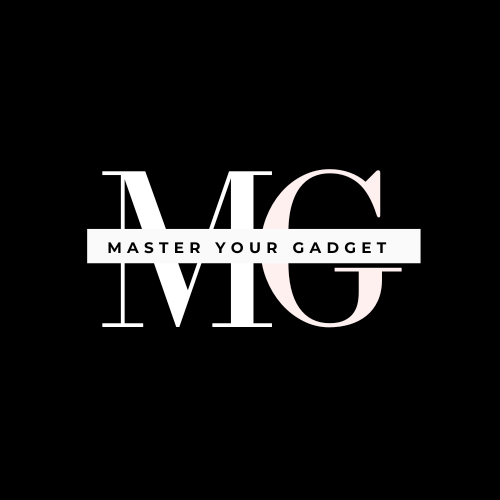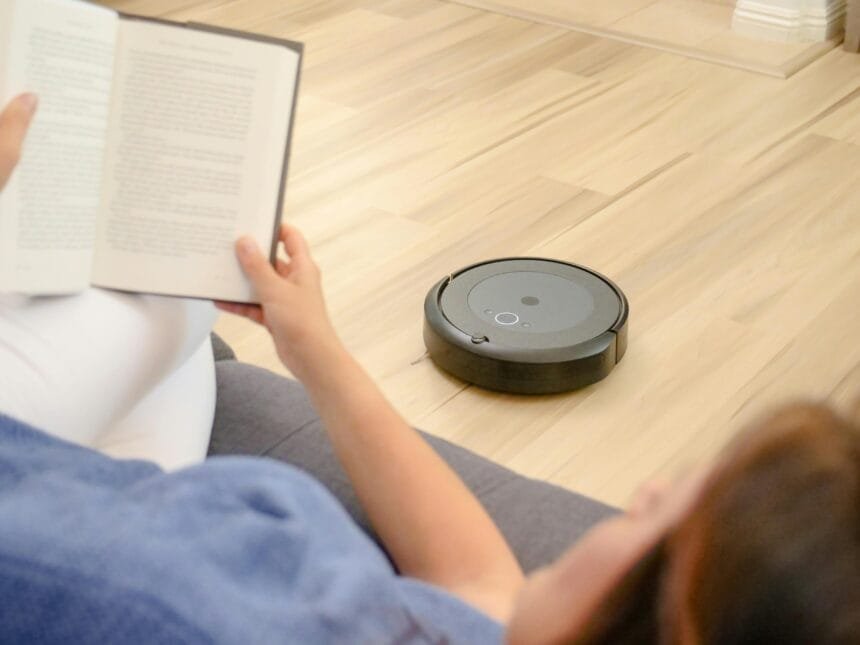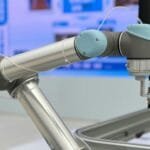Artificial Intelligence (AI) is transforming various aspects of our lives, and house cleaning is no exception. AI-powered cleaning devices are making our homes cleaner and our lives easier by automating tedious tasks, improving efficiency, and ensuring consistent results. We explore the revolution in AI house cleaning, the gadgets involved, the AI models used, and what the future holds for this technology.
How AI is Revolutionizing House Cleaning
AI is revolutionizing house cleaning by introducing automation, precision, and efficiency. Traditional cleaning methods often require significant time and effort, but AI-powered devices can handle these tasks autonomously, allowing homeowners to focus on other activities. Here are some key ways AI is changing house cleaning:
- Automation: AI-powered cleaning devices can operate without human intervention. They can be scheduled to clean at specific times, ensuring that your home remains clean even when you’re not around.
- Precision: These devices use advanced sensors and algorithms to navigate around obstacles, clean hard-to-reach areas, and adjust their cleaning patterns based on the type of surface.
- Efficiency: AI cleaning devices can clean more thoroughly and quickly than manual methods. They can work continuously without breaks, ensuring consistent results every time.
Which Gadgets are essentially used with AI for House Cleaning ?
Several AI-powered gadgets are available for house cleaning, each designed to handle specific tasks. Here are some of the most popular ones:
- Robotic Vacuum Cleaners: These devices use AI algorithms to navigate around your home, identify areas that need cleaning, and adjust their suction power accordingly. Examples include the iRobot Roomba and Roborock S-series.
- Robotic Mops: Similar to robotic vacuums, these devices are designed to mop floors autonomously. They can detect different floor types and adjust their cleaning methods accordingly.
- Window Cleaning Robots: These gadgets use AI to clean windows efficiently. They can navigate around window frames and detect edges to avoid falling.
- Pool Cleaning Robots: These devices are designed to clean swimming pools. They use AI to navigate the pool, scrub surfaces, and filter debris.
- Air Purifiers: Some advanced air purifiers use AI to monitor air quality and adjust their settings to ensure optimal performance.
Which AI Models are Used in House Cleaning Devices ?
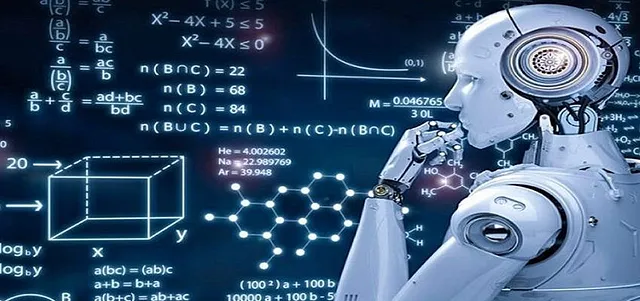
AI models used in house cleaning devices are typically based on machine learning and computer vision. Here are some common AI models and technologies used:
- Machine Learning: This involves training algorithms to recognize patterns and make decisions based on data. For example, a robotic vacuum cleaner might use machine learning to identify high-traffic areas that require more frequent cleaning.
- Computer Vision: This technology allows devices to “see” and interpret their surroundings. It is used in navigation systems to detect obstacles and map out cleaning paths.
- Natural Language Processing (NLP): Some advanced cleaning devices can understand and respond to voice commands, thanks to NLP. This allows users to control the devices using simple voice instructions.
Top 5 AI-Powered House Cleaning Gadgets
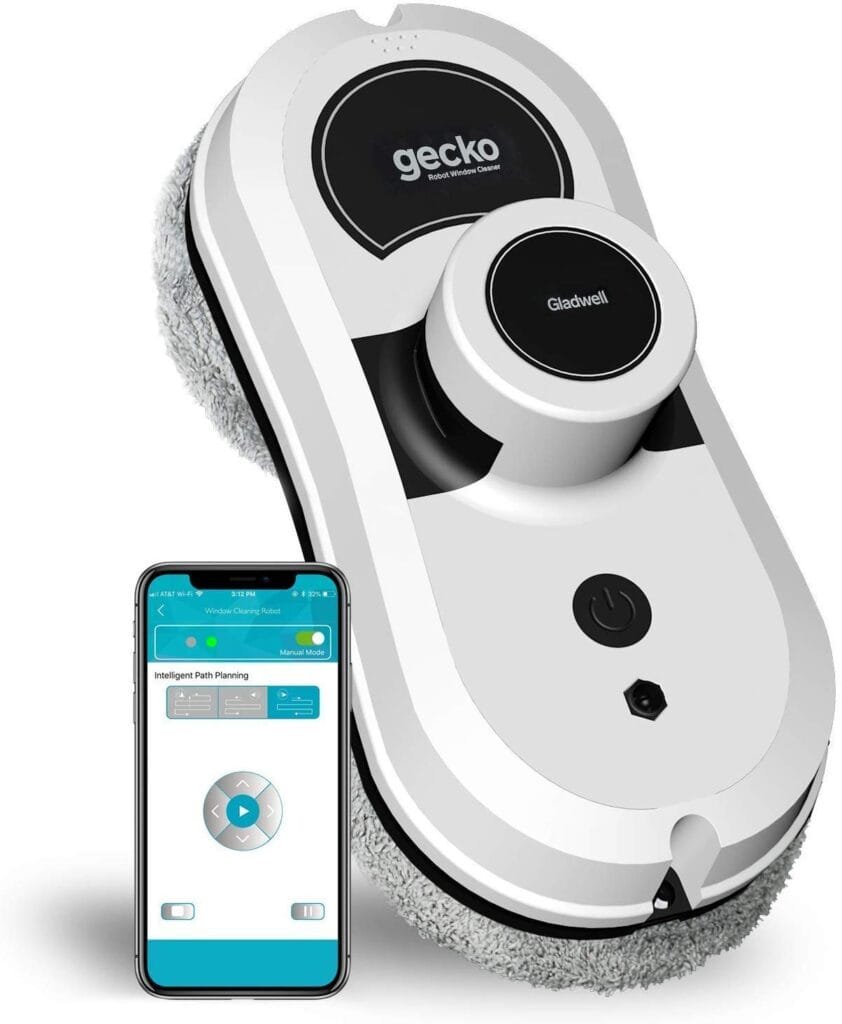
Here are five of the top AI-powered house cleaning gadgets available today:
- Dyson 360 Heurist Robot Vacuum: This device features a powerful digital motor, a 360° vision system, and advanced navigation capabilities. It can be controlled via the Dyson Link app.
- Ecovacs Deebot T10 Omni: Known for its versatile 8-in-1 docking station, this robot vacuum offers powerful suction and an intuitive interface.
- Roborock S8 Series: These vacuums are equipped with advanced sensors and AI algorithms for efficient cleaning. They can handle both vacuuming and mopping tasks.
- iRobot Roomba Combo j7+: This device combines vacuuming and mopping capabilities, with smart navigation and obstacle avoidance features.
- Gladwell Gecko Robot Window Cleaner: This robot uses AI to clean windows efficiently, navigating around frames and detecting edges to prevent falls.
What is the Future of AI in House Cleaning ?
The future of AI in house cleaning looks promising, with several exciting developments on the horizon:
- Enhanced AI Capabilities: Future cleaning devices will feature even more advanced AI, allowing them to recognize environments better and make real-time decisions. This will improve their efficiency and effectiveness.
- Integration with Smart Home Systems: AI cleaning devices will become more integrated with other smart home systems, allowing for seamless operation and control. For example, a robotic vacuum might work in conjunction with smart lighting and security systems.
- Sustainability: AI-powered cleaning devices will become more energy-efficient, reducing their environmental impact. They will use less water and electricity, contributing to a more sustainable future.
- Customization and Personalization: Future devices will offer greater customization options, allowing users to tailor cleaning schedules and methods to their specific needs. This will result in a more personalized cleaning experience.
Comparison of AI House Cleaning Devices
Here’s a comparison table of some popular AI-powered house cleaning devices:
| Device | Features | Pros | Cons |
| Dyson 360 Heurist | Powerful motor, 360° vision, app control | High suction power, advanced navigation | Expensive |
| Ecovacs Deebot T10 Omni | 8-in-1 docking station, powerful suction, intuitive interface | Versatile, user-friendly | Bulky docking station |
| Roborock S8 Series | Vacuum and mop, advanced sensors, AI algorithms | Efficient cleaning, handles multiple tasks | Can be noisy |
| iRobot Roomba Combo j7+ | Vacuum and mop, smart navigation, obstacle avoidance | Combines vacuuming and mopping, smart features | Requires regular maintenance |
| Gladwell Gecko Window Cleaner | AI navigation, edge detection, efficient window cleaning | Effective window cleaning, prevents falls | Limited to window cleaning |
Advantages of using AI House Cleaning Devices
AI-powered cleaning devices can significantly reduce the time spent on household chores. Here are some statistics and examples to illustrate their impact:
- Time Savings: AI-powered cleaning robots can save up to 75% of the time typically spent on cleaning tasks. For instance, if you usually spend 2 hours cleaning your home, an AI-powered device can reduce this to just 30 minutes.
- Efficiency: These devices are designed to work smarter and faster than traditional methods. They can vacuum, sweep, and sanitize spaces without needing constant supervision. This means you can focus on other important tasks while the robot handles routine cleaning.
- Consistency: AI-powered cleaning devices deliver consistent, high-quality results every time. Unlike manual cleaning, which can vary in thoroughness, these robots ensure that every inch of your home is spotless.
- Adaptability: Equipped with sensors and cameras, these robots can navigate around obstacles and adapt to different environments. This makes them suitable for various cleaning needs, whether in a factory, warehouse, or home.
- Remote Control: Many AI-powered cleaning devices can be controlled and monitored remotely. This allows you to start and stop your robotic vacuum cleaner or mop while you’re at work or even on vacation.
- Cost Savings: While the initial investment in AI-powered cleaning devices may be higher than traditional cleaning tools, the long-term cost savings can be substantial. These devices require less maintenance and replacement parts, reducing repair and replacement costs over time.
Overall, AI-powered cleaning devices offer a convenient, efficient, and cost-effective solution for maintaining a clean environment.
AI is revolutionizing house cleaning by introducing automation, precision, and efficiency. With advanced gadgets like robotic vacuums, mops, and window cleaners, maintaining a clean home has never been easier. The future of AI in house cleaning looks bright, with enhanced capabilities, greater integration with smart home systems, and a focus on sustainability. As technology continues to evolve, we can expect even more innovative solutions to make our homes cleaner and our lives more convenient.


